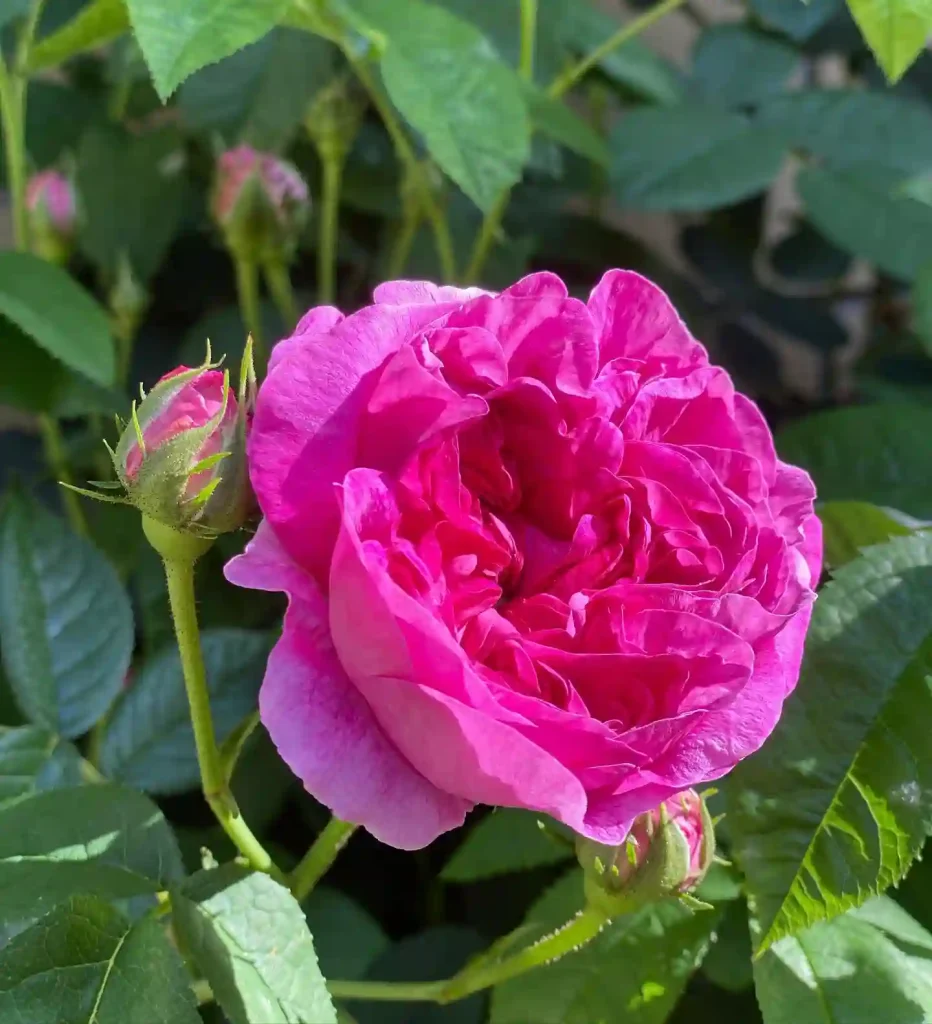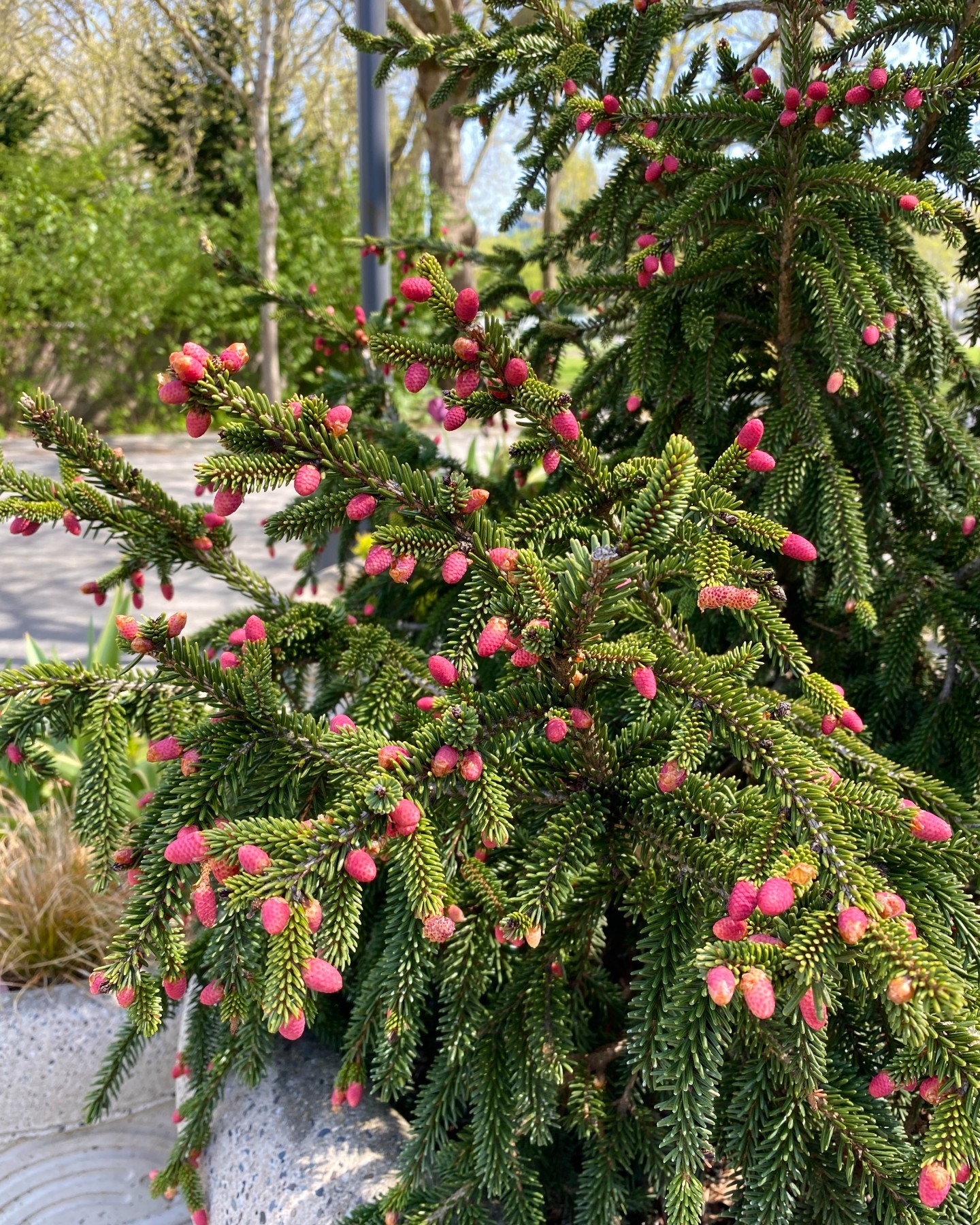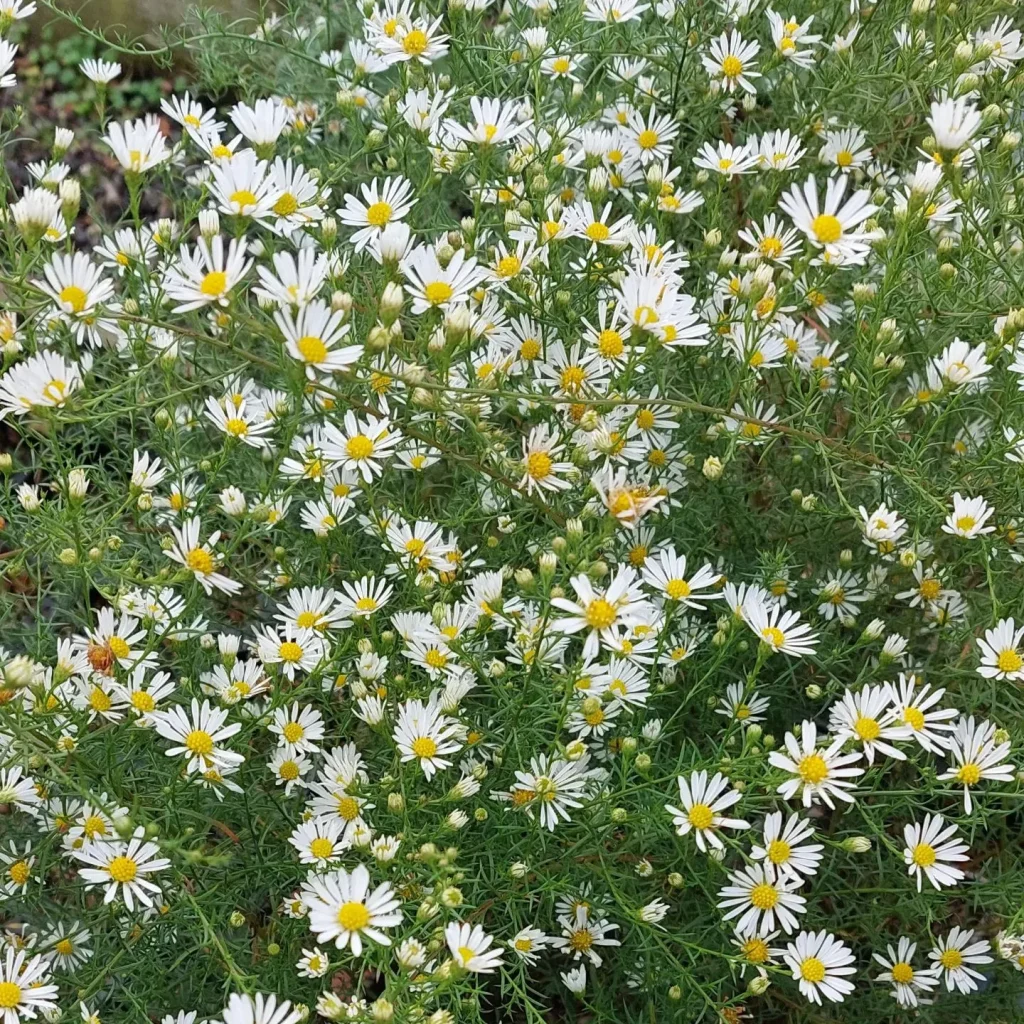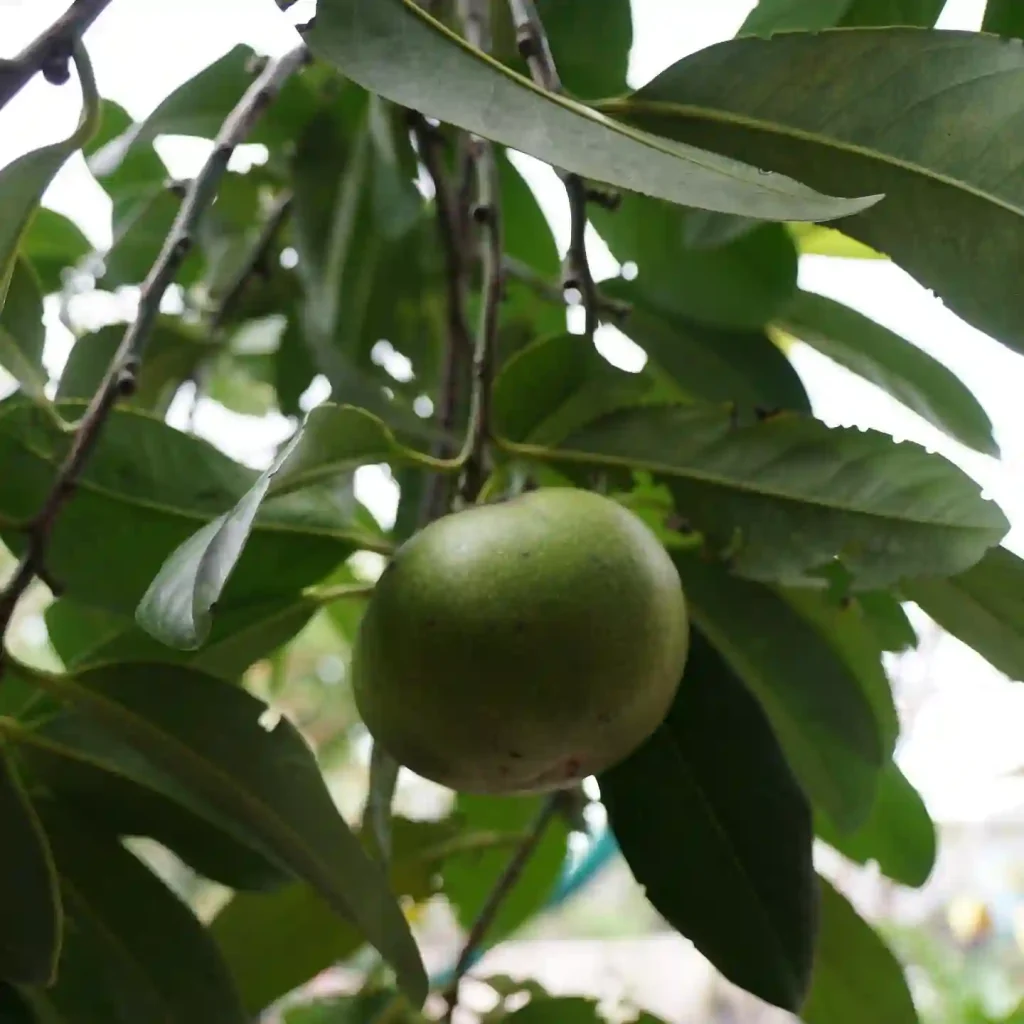
The Enchanting Bletilla Striata: A Gardener’s Guide
Hello, fellow plant enthusiasts! Today, I want to introduce you to a captivating little orchid species that has stolen a place in my heart: the Bletilla striata. Nicknamed the Chinese Ground Orchid or Hardy Orchid, this little gem offers a delightful pop of color and elegance to your garden beds or pots.
5 Species in Genus Bletilla
For those of you who are new to orchids, don’t be intimidated by the fancy name. Bletilla striata is actually a very forgiving and easy-to-grow orchid, perfect for both seasoned gardeners and beginners like myself.
Throughout this article, I’ll be sharing all my knowledge and experiences cultivating this beauty. We’ll cover everything from what Bletilla striata is and its ideal growing conditions to where to buy it and how to care for it. So, grab your trowel and watering can, and let’s get started!
What is Bletilla Striata?
Bletilla striata is a tuberous, perennial orchid native to the woodlands of China, Japan, Korea, and Myanmar. Unlike its tropical cousins, this orchid thrives in cooler temperatures and doesn’t require a greenhouse environment.
What truly makes Bletilla striata a standout are its stunning flowers. In late spring or early summer, the plant produces delicate, upright stems adorned with clusters of orchid blooms. These blooms typically come in a soft lavender or pink shade, with some varieties boasting deeper purple or even white flowers.
Beyond their beauty, Bletilla striata offers other attractive qualities. The plant forms graceful clumps of pleated, green leaves that remain attractive throughout the growing season. Plus, it’s a relatively low-maintenance plant, making it a perfect choice for busy gardeners like myself.
Where to Plant Bletilla Striata?
When it comes to choosing a spot for your Bletilla striata, mimicking its natural woodland habitat is key. Here are some factors to consider:
- Light: Bletilla striata prefers dappled shade or morning sun with some afternoon shade. Avoid placing it in direct afternoon sun, as this can scorch the leaves and flowers.
- Soil: Well-drained soil rich in organic matter is ideal. If your soil is heavy clay, amend it with compost or other organic material to improve drainage.
- Moisture: Bletilla striata enjoys consistent moisture throughout the growing season, but avoid soggy soil.
When to Plant Bletilla Striata?
The best time to plant Bletilla striata depends on your climate:
- Fall Planting: In zones 5-8 (USDA Hardiness Zone Map), fall is the ideal planting time. This allows the roots to establish themselves before winter.
- Spring Planting: In warmer zones (9-10), you can plant Bletilla striata in early spring.
How Deep to Plant Bletilla Striata?
When planting your Bletilla striata, remember that it’s a tuberous plant. Here’s a general guideline for planting depth:
- Plant the tubers 2-3 times deeper than their own width.
- For example, if your tubers are about 1 inch thick, plant them 2-3 inches deep.
How to Plant Bletilla Striata?
Planting Bletilla striata is a breeze! Here’s a quick step-by-step guide:
- Prepare the planting hole: Dig a hole 2-3 times deeper than the width of your tubers. Loosen the soil at the bottom of the hole to encourage good root growth.
- Amend the soil (optional): If your soil is heavy clay, mix in some compost or other organic matter to improve drainage.
- Position the tubers: Gently place the Bletilla striata tubers in the hole, with the “eyes” (the little buds) facing upwards.
- Backfill the hole: Fill the hole with soil, gently tamping it down to remove air pockets.
- Water thoroughly: Water the planting area generously to settle the soil around the tubers.
How to Plant Bletilla Striata ‘Soryu’ Tubers?
Bletilla striata ‘Soryu’ is a popular cultivar known for its stunning deep purple flowers. Planting these tubers is no different from planting regular Bletilla striata tubers. Just follow the same steps outlined above.
How to Care for Bletilla Striata?
Providing proper care for your Bletilla striata is easy and requires minimal effort. Here’s what you need to know:
- Watering: Water your Bletilla striata regularly throughout the growing season, especially during hot and dry periods. Aim to keep the soil consistently moist but not soggy.
- Mulching: Apply a layer of mulch around the base of your Bletilla striata in late fall or early spring. This helps retain moisture, regulate soil temperature, and suppress weeds. Use a material like shredded bark, pine needles, or compost.
- Fertilizing: Bletilla striata is not a heavy feeder. A light application of balanced fertilizer in early spring before new growth emerges is sufficient.
- Deadheading: Once the flowers fade, you can deadhead them by carefully pinching them off at the base. This encourages the plant to put its energy into producing healthy foliage and tubers for next year’s blooms.
- Winter Care: In colder climates (zones 5 and below), Bletilla striata might benefit from winter protection. After the leaves die back in fall, apply a thick layer of mulch (around 4-6 inches) over the planting area. This helps insulate the tubers from harsh winter temperatures.
What to Plant With Bletilla Striata?
Bletilla striata pairs beautifully with other shade-loving plants that complement its delicate beauty. Here are some ideas:
- Hostas: The contrasting foliage textures of Bletilla striata’s upright leaves and Hostas’ broad, heart-shaped leaves create a stunning visual combination.
- Ferns: Ferns add a lush, textured background to Bletilla striata’s blooms. Choose varieties with similar moisture requirements, like Japanese Painted Fern or Maidenhair Fern.
- Coralbells: Coralbells come in a variety of colors and bloom times, offering a vibrant contrast to Bletilla striata’s soft-hued flowers.
Where to Buy Bletilla Striata?
There are several options for acquiring Bletilla striata:
- Online nurseries: Many online nurseries offer Bletilla striata tubers and potted plants for purchase.
- Local nurseries: Check with your local garden centers and nurseries to see if they carry Bletilla striata.
- Plant swaps: Participating in plant swaps with fellow gardening enthusiasts can be a fun and affordable way to get your hands on Bletilla striata tubers.
Conclusion
With its delicate charm and low-maintenance requirements, Bletilla striata is a fantastic addition to any shade garden. By following the tips and tricks outlined in this article, you can successfully cultivate this captivating orchid and enjoy its vibrant blooms for years to come.
If i die, water my plants!



